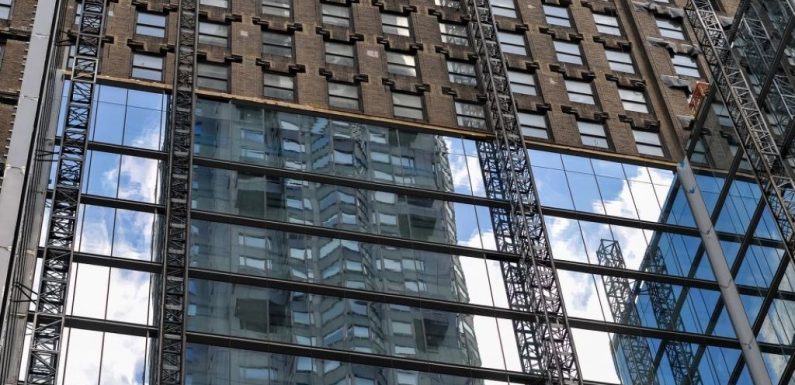
Retrofitting an older office building for energy efficiency is a strategic investment that reduces operational costs and contributes to environmental sustainability. Achieving energy efficiency in heating, ventilation, and air conditioning (HVAC) systems is crucial to this process. This guide will explore practical strategies to retrofit an older office building, focusing on HVAC enhancements. For comprehensive assistance, consider consulting a reputable HVAC AC repair website and professionals specializing in furnace installations and repair.
Energy Audit and Assessment:
Conduct an Energy Audit:
Begin the retrofitting process with a comprehensive energy audit. Identify areas of energy loss, assess the condition of existing HVAC systems, and evaluate insulation levels. This audit serves as the foundation for developing a tailored retrofit plan.
Evaluate Building Envelope:
Assess the building envelope, including windows, doors, and insulation. Upgrading insulation and sealing air leaks can significantly improve energy efficiency by preventing heat loss or gain, reducing the workload on HVAC systems.
Upgrading HVAC Systems:
Modernize HVAC Equipment:
Consider replacing outdated HVAC equipment with modern, energy-efficient models. New systems, such as high-efficiency furnaces and air conditioners, utilize advanced technologies to provide optimal performance while minimizing energy consumption.
Install Programmable Thermostats:
Upgrade to programmable thermostats that allow precise control over heating and cooling schedules. This technology ensures that HVAC systems operate efficiently when needed and reduce energy usage during unoccupied periods.
Explore Zoning Systems:
Implement zoning systems to regulate temperature independently in different areas of the office. Zoning allows customized heating and cooling, optimizing comfort and minimizing energy waste in unoccupied spaces.
Enhancing Ventilation and Air Quality:
Integrate Energy Recovery Ventilation (ERV):
ERV systems recover and exchange energy from the air, improving ventilation while minimizing energy losses. Integrating ERV enhances indoor air quality and reduces the workload on HVAC systems.
Regular Maintenance and Cleaning:
Implement a proactive maintenance schedule for HVAC systems. Regular cleaning, filter replacements, and system inspections ensure optimal performance, preventing energy inefficiencies caused by clogged filters or worn components.
Implementing Energy-Efficient Lighting:
Switch to LED Lighting:
Retrofit existing lighting fixtures with energy-efficient LED bulbs. LED lighting consumes less energy, produces less heat, and offers a longer lifespan, contributing to energy savings and a comfortable office environment.
Motion Sensor Controls:
Install motion sensor controls for lighting in common areas and offices. This ensures that lights are only active when needed, reducing unnecessary energy consumption during periods of low occupancy.
Utilizing Renewable Energy Sources:
Explore Solar Power Options:
Assess the feasibility of integrating solar panels on the roof or façade of the office building. Solar power can offset electricity consumption, especially during peak demand periods, reducing reliance on conventional energy sources.
Consider Geothermal Systems:
Evaluate the possibility of geothermal HVAC systems, which harness the ground’s stable temperature for heating and cooling. Geothermal technology provides consistent and efficient energy transfer, making it a sustainable choice for retrofitting projects.
Professional Consultation and Implementation:
For a successful retrofit, seeking professional guidance from HVAC experts and furnace installations and repair specialists in Montgomery, Alabama, is advisable. Consulting a reputable HVAC ac repair website can provide valuable insights and connect you with professionals experienced in retrofitting older office buildings for energy efficiency.
Conclusion:
Retrofitting an older office building for energy efficiency is a multifaceted endeavor that requires careful planning and implementation. Prioritize HVAC enhancements, explore energy-efficient technologies, and consult professionals in furnace installations and repair in Montgomery Alabama, to ensure a successful retrofit that improves energy efficiency, reduces operational costs, and creates a more sustainable workplace environment.

